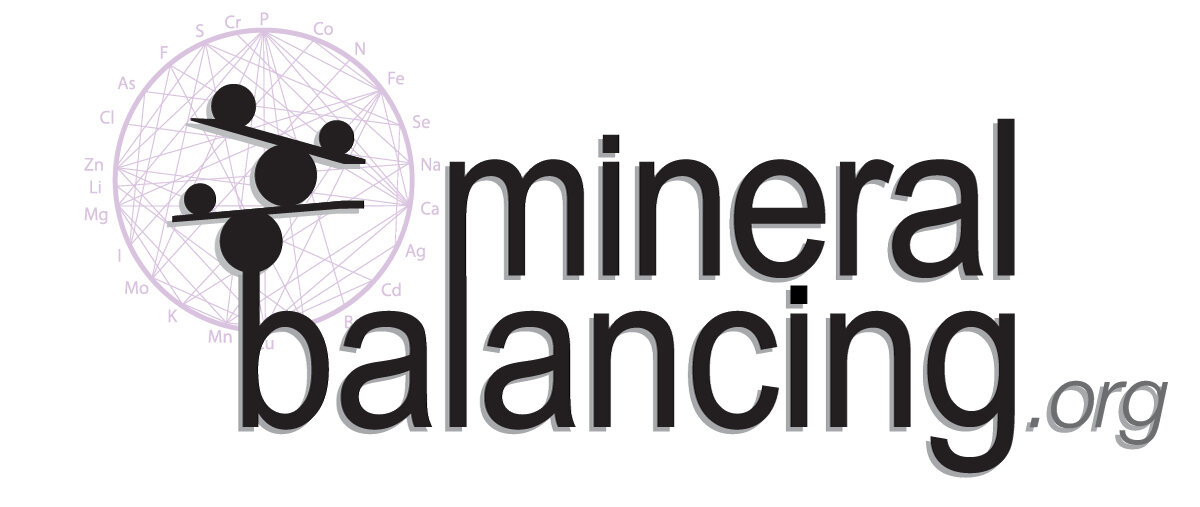Manganese (Mn)
Manganese is an essential trace element to all known living organisms. It is an activator of several metalloenzymes, including arginase, pyruvate carboxylase, glutamine synthetase, and one form of superoxide dismutase (SOD).
Manganese also functions as a non-specific enzyme activator and facilitates the synthesis of mucopolysaccharides (such as chondroitin sulfate), lipids and thyroxine. It helps prevent tissue damage caused by lipid oxidation and is an antioxidative transition metal. Manganese is part of the developmental process and the structure of the fragile ear bones.
Deficiency of this element has been induced in several animal species by feeding diets low in manganese. Signs of deficiency in animals include impaired growth, skeletal defects, depressed reproductive functions, ataxia in newborns, and defects in metabolism.
Mechanism of Action:
Manganese is an essential nutrient involved in the formation of bone and in amino acid, cholesterol, and carbohydrate metabolism. It is an enzyme activator and is a component of many metalloenzymes and may play a prominent role in calcium mobilisation. Manganese is part of the enzyme manganese superoxide dismutase and reduces the exposure to free radicals. It generates oxaloacetate, a substrate in the tricarboxylic acid (Krebs) cycle, as a constituent of pyruvate carboxylase and may play a role in glucose homeostasis. Manganese also activates enzymes that are involved in the synthesis of cartilage, facilitate the formation of urea, and activates various kinases, decarboxylases, hydroxylases and transferases.
Food sources:
Sources of manganese include; nuts, seeds and vegetables. It’s found in hazelnut, blackberries, pineapple, lentils, beans and whole grains. Due to milling, manganese content is much lower in milled whole grains. Absorption of manganese varies from 10-40%. The average body content is 0.012 g.
Dose:
Biliary secretion is the main pathway for manganese excretion (source, source). In the liver, Manganese is extracted from the blood, conjugated with bile and excreted into the intestine. A small amount of manganese in the intestine is reabsorbed, establishing an enterohepatic circulation (source) which is critical for maintaining manganese levels. The recommended intake ranges from 2.5-3 mg (source). The therapeutic dose range is between 2-50 mg/day.
Clinical Uses:
The control of blood sugar in diabetes and a reduction of inflammation in arthritis has been speculated of manganese.
As a component of superoxide dismutase, manganese may be useful to define therapeutic strategies for the clinical management of glioblastomas. High levels of manganese superoxide dismutase is found in patients with glioblastomas have a median survival time lower (6.11months) whereas those with low levels of this enzyme have a median survival time of 12.17 months (source). Two distinct groups of glioblastomas can be distinguished based on the content of manganese superoxide dismutase.
Toxicity/Drug Interactions:
Oral consumption of manganese is generally non-toxic. Excessive levels of manganese found in certain community water supplies and in some industrial processes can produce a Parkinsonian syndrome or a psychiatric disorder (“locura manganica”) that resembles schizophrenia.
The clinical syndrome associated with excessive manganese and its neurodegenerative effects of manganese toxicity is known as 'Manganism' (source). However, mild inhalation of manganese could impair memory and coordination, weakness, anorexia, fatigue, depression, apathy and disturbed sleep have all been reported, irritability, hallucinations, and poor coordination have all been reported in those with manganism. Manganese in excess amounts can irreversibly damage the nervous system (source). Several clinical neurological disorders of manganism have been described as extrapyramidal motor system dysfunction, and in particular idiopathic Parkinson’s disease and dystonia (source). Tremors are a critical sign of excess manganese. Despite having similar effects as the symptoms described in Parkinson's disease, the dopamine transporter activity (source).
Manganese deposits have been found in patients with biliary atresia. Possibly caused by an increase in portsystemic shunt, and latent or subclinical encephalopathy (source).
Clinical Caution:
The signs and effect of human deficiency of manganese have not been clearly established, but some potential cases in adults have shown failure in normal hair pigmentation, dermatitis, and hypocholesterolemia (source). Deficiency may cause growth impairment, tendon and bone disorders in animals but not necessarily in humans. Multiple sclerosis and Amyotrophic lateral sclerosis may have dysfunctional manganese metabolism.
Mineral Relationships
Manganese, iron, vitamin C and/or molybdenum deficiency can lead to an accumulation of copper. Supplementation of manganese is a potent copper antagonist when zinc is contraindicated due to a low sodium level.
Synergistic Nutrients
Zinc, choline, vitamin K
Antagonistic Nutrients
Absorption
Calcium, phosphorus, iron, soy protein.
Metabolic
Copper, magnesium, iron, vanadium
Practice Tips:
The only known reliable indicator of manganese at this time is hair tissue mineral analysis.
Deficiency diseases of manganese ranges from severe congenital birth defects (such as congenital ataxia, deafness, chondrodystrophy, Ehlers-danlos Syndrome etc.), allergies, asthma, convulsions, retarded growth, skeletal defects, disruption of fat and carbohydrate metabolism to joint problems (tendon and ligament degeneration, TMJ, repetitive motion syndrome, carpal tunnel syndrome, etc.), hypoglycemia, diabetes myasthenia gravis, dizziness, ringing in the ears, fatigue, muscular weakness, bone fractures or osteoporosis, weak ligaments and tendons.
Manganese is very helpful for raising sodium levels on a hair tissue mineral analysis
Additional Reading:
https://www.crnusa.org/sites/default/files/files/resources/29-CRNVMS3-MANGANESE.pdf
https://www.ncbi.nlm.nih.gov/pmc/articles/PMC6309959/
https://www.ncbi.nlm.nih.gov/pubmed/25057538
http://www.arltma.com/Mineral_Information/Manganese.html
https://raypeatforum.com/community/threads/manganese-and-its-unimportance-in-health.22375/
http://www.traceelements.com/Docs/The%20Nutritional%20Relationships%20of%20Manganese.pdf

